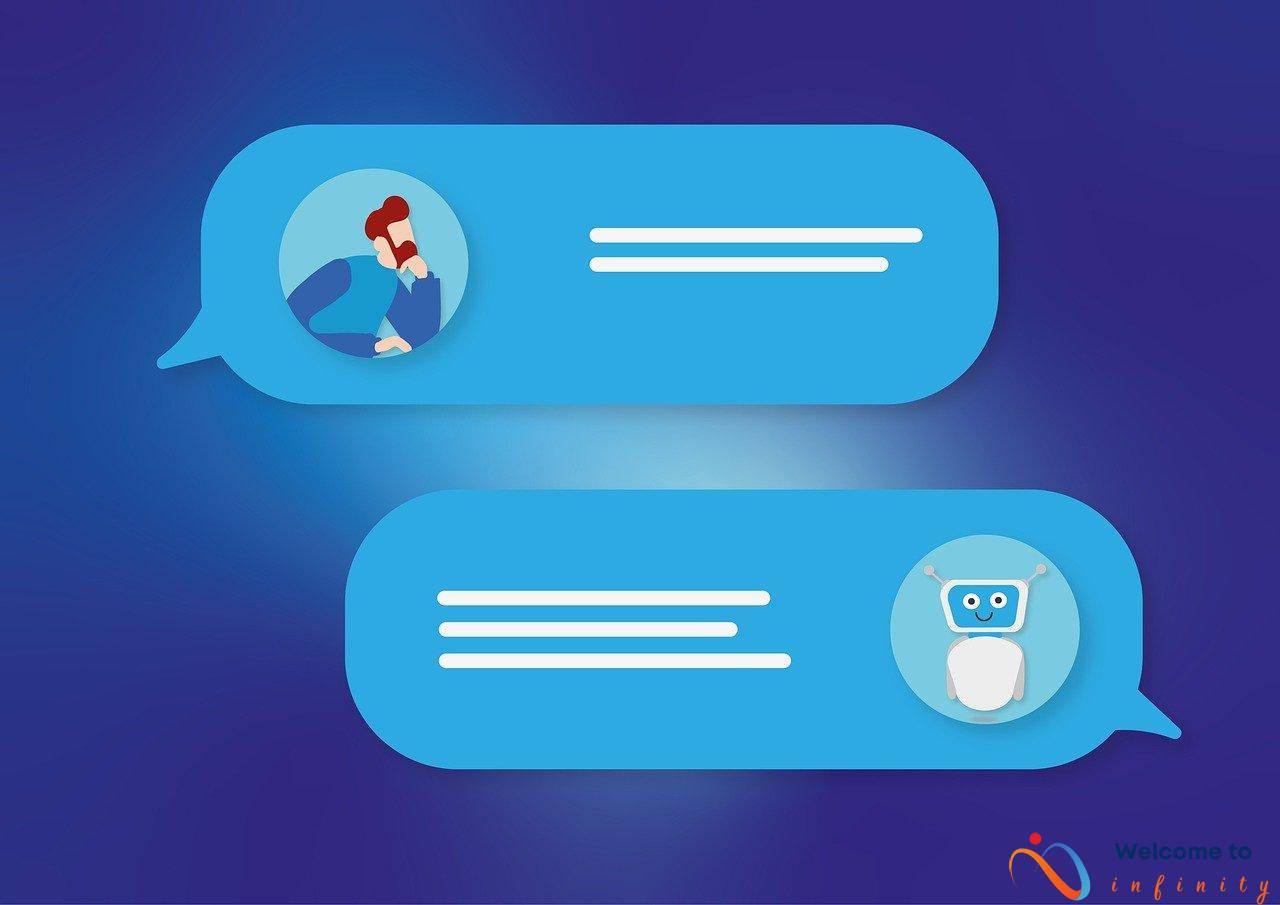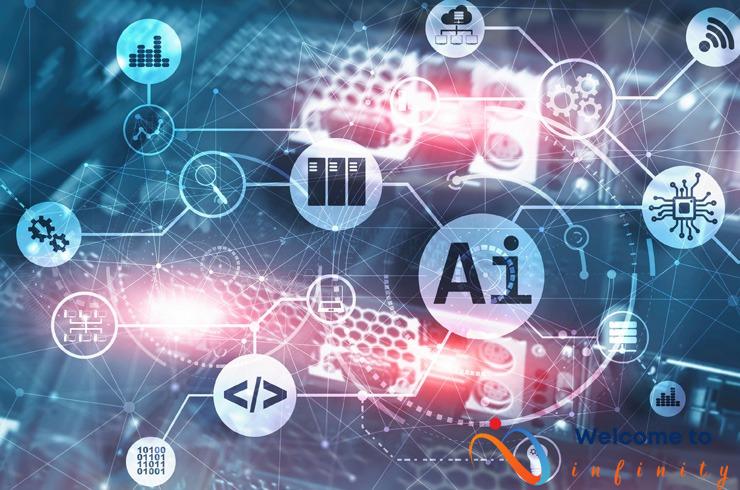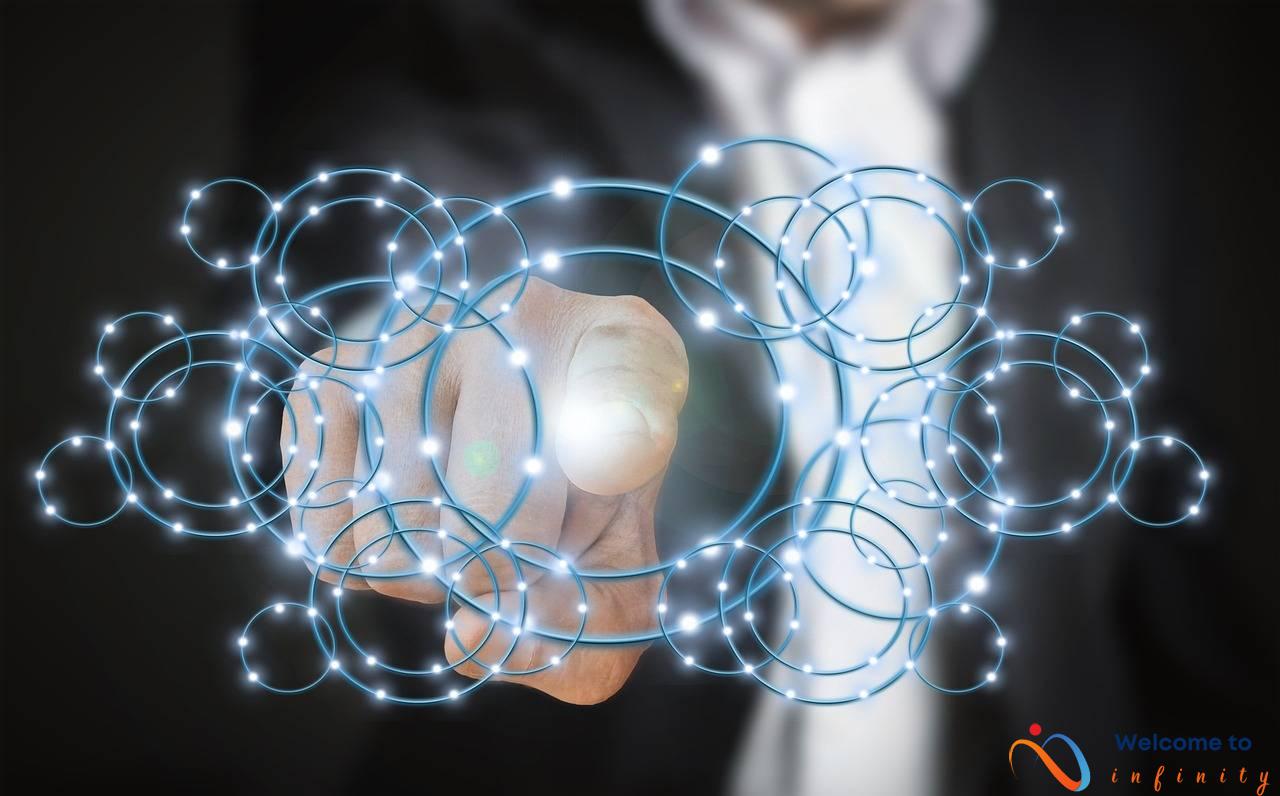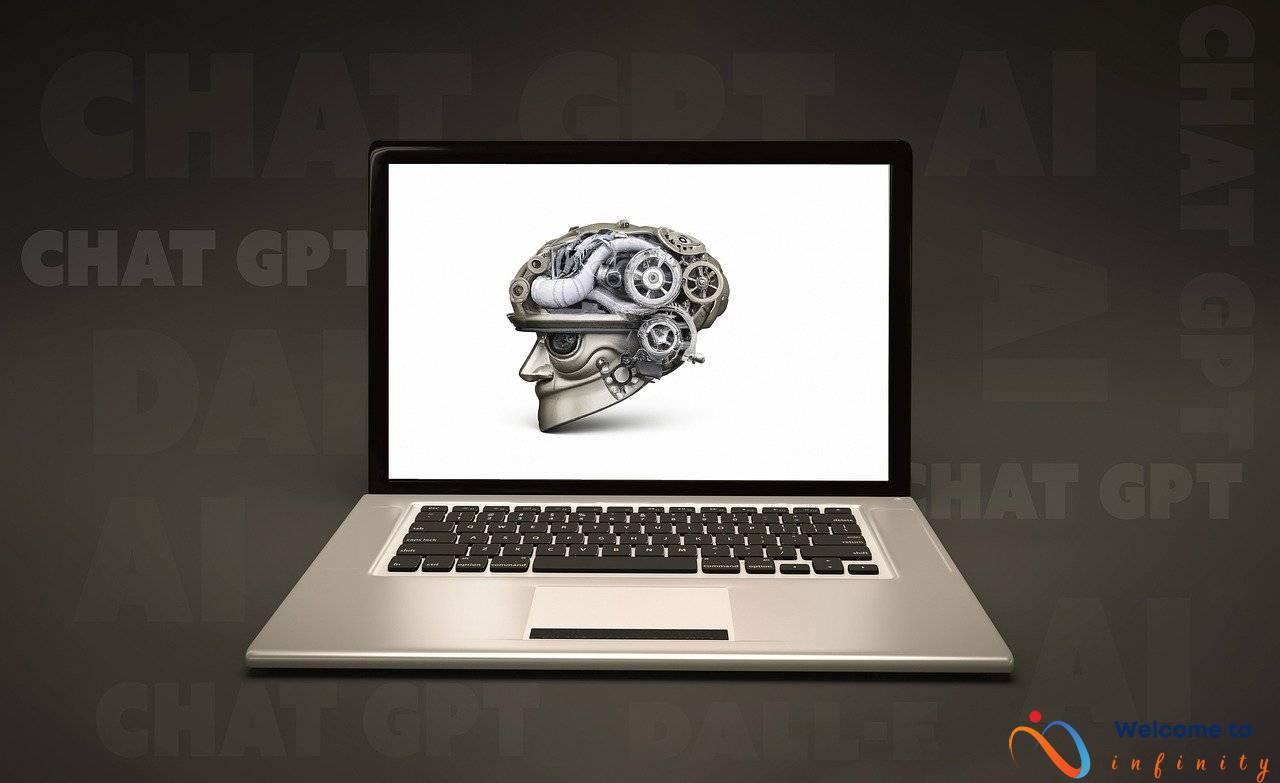With the ever-increasing importance of virtual assistants, artificial intelligence, and other types of software, the future role of artificial intelligence looks exciting and potentially limitless. Artificial intelligence (AI) is a rapidly developing field of computer science which deals with the development of computer systems that can imitate or “think” like a human. AI systems can be used to create virtual assistants that can help users with basic tasks, as well as more complex applications such as facial recognition, language understanding, diagnostics and other prediction-based solutions.
The main advantage of AI is the potential for it to augment or even replace human labor in many areas. For example, AI can automate the tedious and mundane tasks of providing customer support and data entry, allowing people to focus on more creative endeavors. AI can also be used to improve the accuracy of medical diagnosis and provide useful insights from large datasets. In the future, AI-enhanced robots and machines are expected to take on tasks such as emergency response, transportation, shipping, logistics, and more.
Moreover, AI-powered virtual assistants are expected to become more intuitive and interactive, using natural language processing (NLP) to understand human speech and the context of conversations. This could be an incredibly powerful tool and allow people to connect with friends, get information quickly, and make decisions based on reasoned analysis and accurate data.
AI could also play a role in personalized marketing (using predictive analytics) and increase productivity in organizations. By reducing the range of decisions that need to be made, business organizations could focus on optimization, strategy, and strategic planning, resulting in greater efficiency and profits.
The future of AI looks bright and it will most certainly play a major role in our lives in the years to come. AI is continually improving, and as such it will be used in more specialized and complex applications. With advances in machine learning and deep learning, machines may eventually even come to understand and respond to users in a more natural and human-like way.











